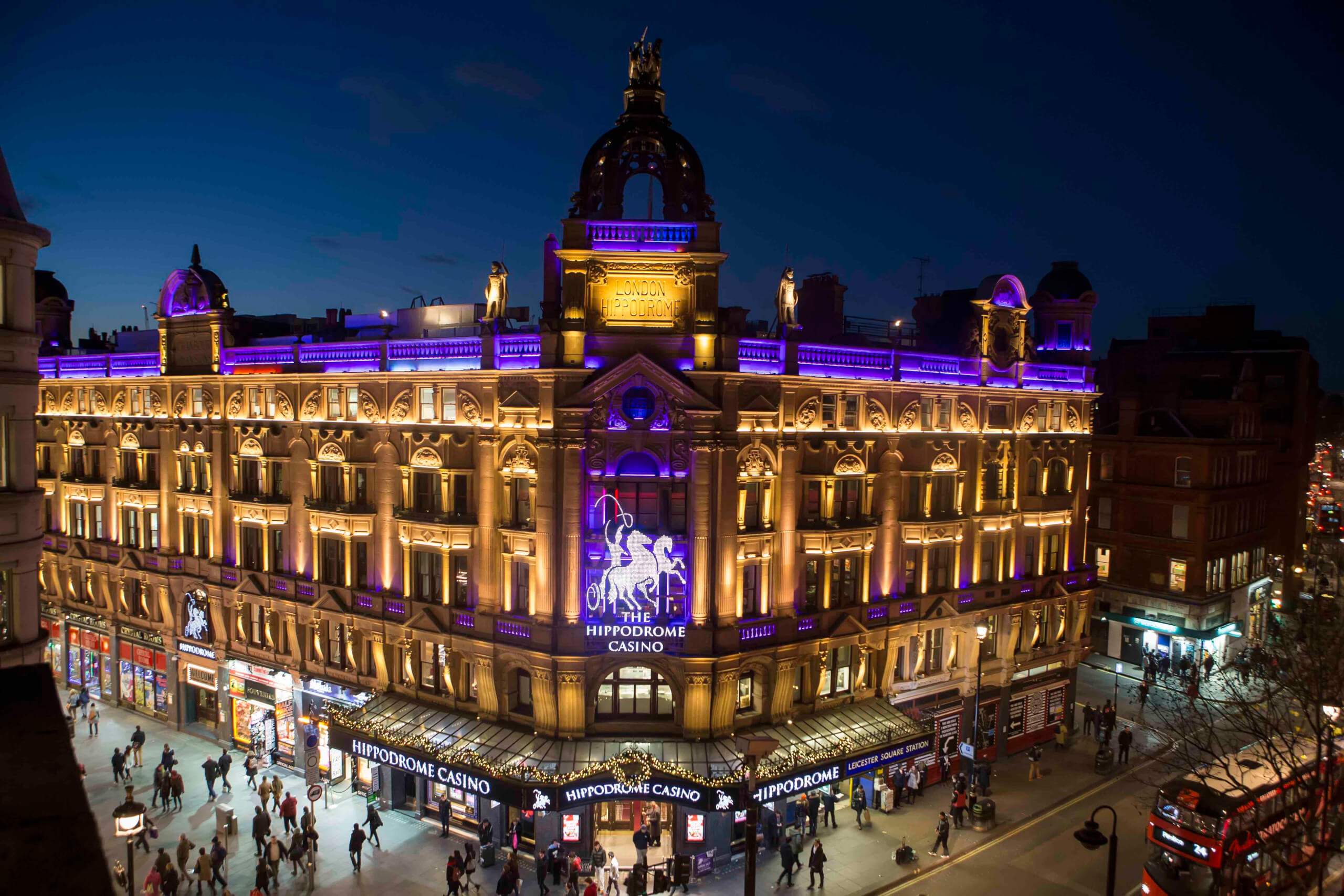About Time: You Discovered London’s Unique BuildingsBy Angelica Malin
London is one of the most interesting cities in the world, which offers a vibrant mix of tradition and cutting-edge contemporary wherever you look. It is packed with culture, sporting greatness, huge businesses, and some of the finest restaurants on the planet. It is also home to some unique buildings that define its landscape.
Whether you’re a first-time visitor to London, or you’ve called the city home for your entire life, many of these buildings are easy to miss unless you pay attention to them.
So here are some impressive buildings to keep an eye out for the next time you’re in the British capital.

The Hippodrome
The Hippodrome is a unique building that had many uses throughout its life. It has been a theatre and a music hall, while its name hints to the fact that it was used to host horse racing entertainment.
Opened in 1900, it was initially designed to house a circus and a variety of other performances, including the British debut of the Swan Lake. However, it was turned into a nightclub in 1958 but continued to attract big names, including Dusty Springfield, Diana Ross, Engelbert Humperdink, and The Jackson 5.
In 2012, the Hippodrome was converted into a casino, which has since won the “Best Land-based Casino” award in the Totally Gaming Awards. The casino is popular among Londoners and visitors alike, even though it’s known for fierce competition. There are 24 licensed casinos in the capital, but many people have also turned to online casinos. Get on any London Underground train and you’ll likely find people playing mobile poker and other games on their phones. However, if you’re into live-action at the tables, Hippodrome should be your top pick if you’re in London.
Fake Houses in Leinster Gardens
These houses are not so impressive because of their structure, but for the fact that they do an incredible job of duping unsuspecting members of the public into thinking that they’re real.
The whole street is lined with listed buildings, meaning that they cannot be altered or torn down without permission from the authorities. This helps to protect the heritage and history of the buildings, the street, and the local area.
When the London Underground was being constructed in the late 19th century, numbers 23 and 24 Leinster Gardens needed to be removed to facilitate the cut-and-cover method of construction used for what is now the Metropolitan Line. The fake houses help to prevent a break in the continuous row of terraced houses, keeping the original appearances.
Victorian Bath House in Bishopgate
Today, this attractive looking, Grade II listed building is used as a fancy party venue, but in its original form, it was a male-only Victorian Bath House. Built in 1895, and operating until 1954, the multi-coloured brick building managed to survive the Blitz and the massive rebuilding that took place in London during the mid-20th century. In its current guise, the Victorian Bath House can accommodate either 150 standing guests or 90 sat down, although it might be a little cosy when at full capacity.
Greenwich Foot Tunnel
Anyone who has been to London will have used the London Underground network to navigate around the city. “The Tube” is the oldest subway system in the world, which first opened to the public way back in 1863. However, there are many other structures underneath the city and the River Thames, including some that are almost as old.
One of these is the Greenwich Foot Tunnel, which provides a link between Cutty Sark and Island Gardens for pedestrians. With construction beginning in 1902 and opening to the public in 1912, the tunnel was designed to provide all-weather access to either side of the river for residents. Even today, thousands of people pass through the Greenwich and its sister tunnel each day.
These unique structures are like photographs – they capture moments for the city, chronicling how it has developed and changed. They provide a window into the history of London and its ever-changing population. They are easy to miss if you don’t know what they are, but hard to ignore once you do.


